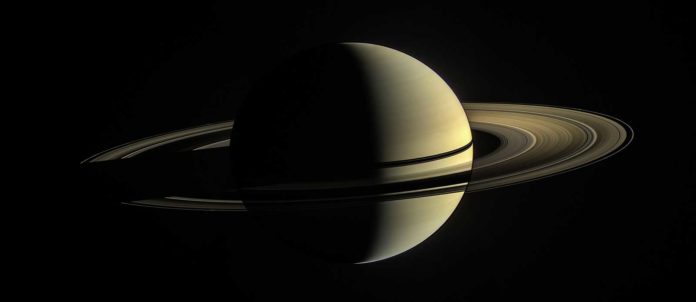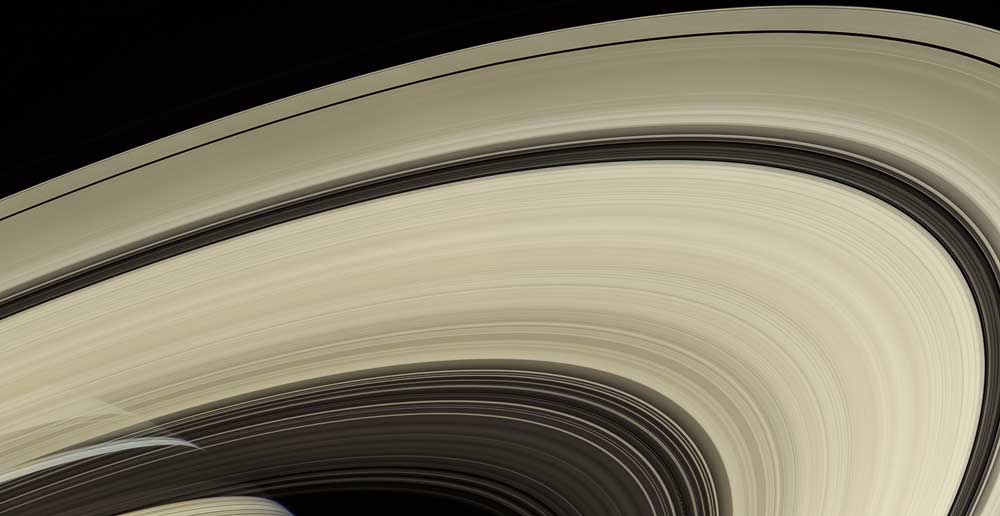The origin of Saturn’s rings has not been adequately explained. The current rings are more than 90 to 95 percent water ice, which infers that at first, they were practically pure ice since rough meteoroids constantly pollute them.
Recently, a team of scientists has reignited the debate about the age of Saturn’s rings with an examination that dates the rings as most likely to have shaped early in the Solar System. Their study suggests that processes that specially eject dusty and organic material out of Saturn’s rings could make the rings look a lot younger than they are.
On its last orbits in 2017, the long-running Cassini spacecraft dove between Saturn’s rings and its upper atmosphere. The data provided was interpreted as evidence that Saturn’s rings formed just a few tens of millions of years ago.
For many, this resolved the mystery of the age of the rings. However, Aurelien Crida, lead author of the new study, believes that the debate is not yet settled.
He said, “We can’t directly measure the age of Saturn’s rings like the rings on a tree-stump, so we have to deduce their age from other properties like mass and chemical composition. Recent studies have made assumptions that the dust flow is constant, the mass of the rings is constant, and that the rings retain all the pollution material that they receive. However, there is still a lot of uncertainty about all these points and, when taken with other results from the Cassini mission, we believe that there is a strong case that the rings are much, much older.”
Scientists argue that the mass estimated during the Cassini mission finale is in extraordinarily great agreement with models of the dynamical evolution of massive rings going back to the primordial Solar System.
The models show that whatever the initial mass of the rings, there is a tendency for the rings to converge on a mass measured by Cassini after around 4 billion years, matching the timescale of the formation of the Solar System.
Crida added, “From our present understanding of the viscosity of the rings, the mass measured during the Cassini Grand Finale would be the natural product of several billion years of evolution, which is appealing. Admittedly, nothing forbids the rings from having been formed very recently with this precise mass and having barely evolved since. However, that would be quite a coincidence.”
Co-author Hsiang-Wen Hsu was part of a team that announced results in October 2018 from Cassini’s Cosmic Dust Analyzer, which showed 600 kilograms of silicate grains fall on Saturn from the rings every second. Other studies using data from the Cassini Ion and Neutral Mass Spectrometer have demonstrated the presence of organic molecules in Saturn’s upper atmosphere that is thought to derive from the rings.
Dr. Hsu, of the Laboratory for Space and Atmospheric Physics at Boulder, Colorado, said: “These results suggest that the rings are ‘cleaning’ themselves of pollutants. The nature of this potential ring-cleaning process is still mysterious. However, our study shows that the exposure age is not necessarily linked to the formation age. Thus the rings may appear artificially young.”
The paper is published today in Nature Astronomy.

